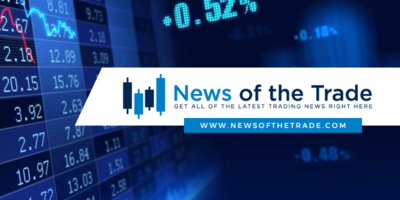Four years ago, as we were busy gearing up for the mainnet launch of Celo during the last bear market, I remember friends and colleagues from former lives reaching out confused, “Wait what? You’re still doing this crypto thing?” While NFTs have especially helped make crypto and web3 gain more mainstream exposure, I do hear similar questions today. “Will we ever recover from this bear market? Is web3 dead?”
As web3 founders and builders brace themselves for continued volatility during this current downturn, let’s be reminded that the cyclical ebbs and flows of market prices or market capitalization, although important, are not the only metrics to determine long-term viability and success. So, what should we keep in mind during times of fear, uncertainty, and doubt (FUD)?
Pricing is not always reflective of progress.
While market prices continue to fluctuate across the board and course correct, leading indicators that are often overlooked and are more accurate in measuring progress include active developer counts, the number of active wallets, or overall network activity. For example, recent data by Coin98 Analytics tracking developer activity shows a very different ranking than CoinMarketCap.
Our developer community has been growing, committed to building core infrastructure that can service Celo’s growing ecosystem of dapps with real-world applications for real people. This, in essence, is where the spirit of “BUIDL” comes from––the belief in human ingenuity and innovation to use technology to radically reimagine our world for the better. In a recent chat with my Celo Foundation colleague Eric Nakagawa, who leads our developer relations efforts, he mentioned a good example of this: the current Build With Celo hackathon.
With submissions from 1,300+ developers around the world, over 200 high-quality ideas have been approved, centered around regenerative finance (ReFi) use cases aiming to flow value back to the climate and communities.
Don’t blame the crypto winter on crypto itself.
There are macro conditions affecting the global economy too––the WEF’s Chief Economists Outlook detailed record-high inflation and the cost-of-living crisis, food and energy security, debt distress, climate disasters, pandemic disruptions, and more. (I am in Germany currently, where inflation has hit the highest level in more than 70 years.)
These culminating events have only highlighted the urgent need for us to address the systemic issues of our time, from widening socio-economic disparities to a rapidly degrading environment. This is where web3 comes in, with mass-coordination tools that can be leveraged to solve mass-coordination problems in a more immediate time scale.
As the market moves away from speculation and hype, we’re further witnessing more sustainable growth with a focus on utility or planet-positive outcomes––the Ethereum Merge to proof-of-stake (PoS) is a prime example of implementing scalable environmentally-friendly practices.
Great entrepreneurs are able to raise in any market.


